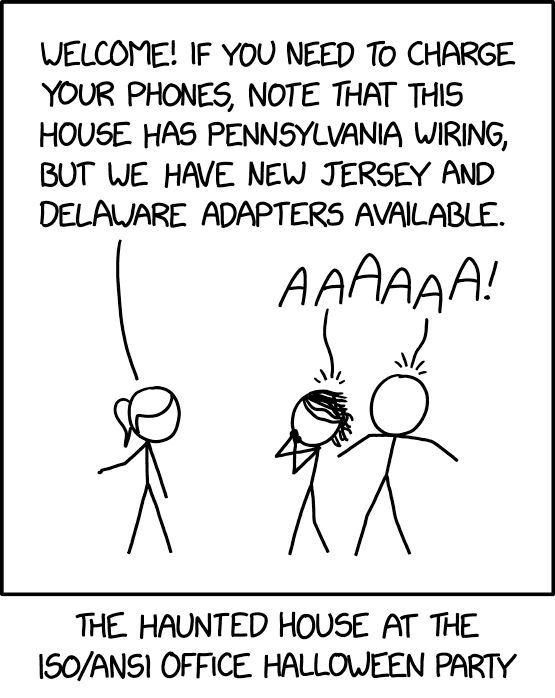I switched to Immich recently and am very happy.
- Immich’s face detection is much better, very rarely fails. Especially for non-white faces. But even for white faces PhotoPrisim regularly needed me reviewing the unmatched faces. I also needed to really turn up the “what is a face” threshold because otherwise it would miss a ton of clear faces. (Then it only missed some, but also has tons of false positives). On the other hand Immich just works.
- Immich’s UI is much nicer overall. Lots of small affordances. For example the menu item to “view in timeline” is worth switching alone. Also good riddance to PhotoPrism’s persistent and buggy selection. Someone must have worked really hard on implementing this but it was really just a bad idea.
- Immich has an app with uploading, and it allows you to view local and uploaded photos in one interface which is a huge UX win. I couldn’t find a good Android app for uploading to photoprism. You could set up import delays and stuff but you would still regularly get partially uploaded files imported and have to clean it up manually.
- Immich’s search by content is much better. For example searching for “cat with red and yellow ball” was useless on PhotoPrism, but I found tons of the results I was looking for on Immich.
The bad:
- There is currently a terrible jank in the Immich app which makes videos unusable and everything painful. Apparently this is due to some Album sync process running in the main thread. They are working on it. I can’t fathom how a few hundred albums causes this much lag but 🤷 There is also even worse lag on the location view page, but at least that is just one page.
- The Immich app has a lot less features than the website. But the website works very well on mobile so even just using the website (and the app for uploading) is better than PhotoPrism here. The fundamentals are good but it just needs more work.
- I liked PhotoPrism’s advanced filters. They were very limited but at least they were there.
- Not being able to sort search results by date is a huge usability issue. I often know roughly when the photo I want to find was taken and being able to order by date would be hugely helpful.
- You have to eagerly transcode all videos. There is no way to clean up old transcodes and re-transcode on the fly. To be fair the PhotoPrism story also wasn’t great because you had to wait for the full video to be transcoded before starting, leading to a huge delay for videos more than a few seconds, but at least I could save a few hundred gigs of disk space.
Honestly a lot of stuff in PhotoPrism feels like one developer has a weird workflow and they optimized it for that. Most of them are counter to what I actually want to do (like automatic title and description generation, or the review stuff, or auto quality rating). Immich is very clearly inspired by Google Photos and takes a lot of things directly from it, but that matches my use case way better. (I was pretty happy with Google Photos until they started refusing to give access to the originals.)









We did it not because it was easy, but because we thought it would be easy.